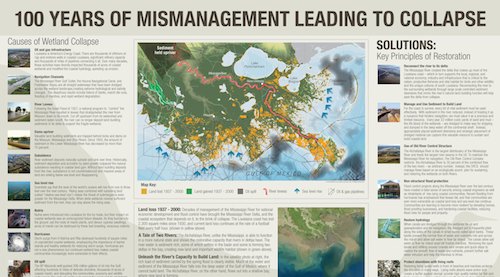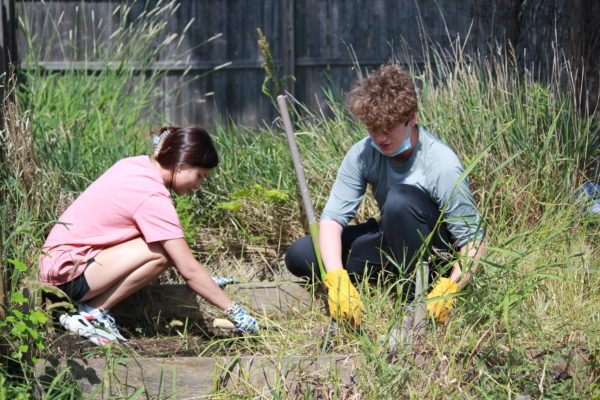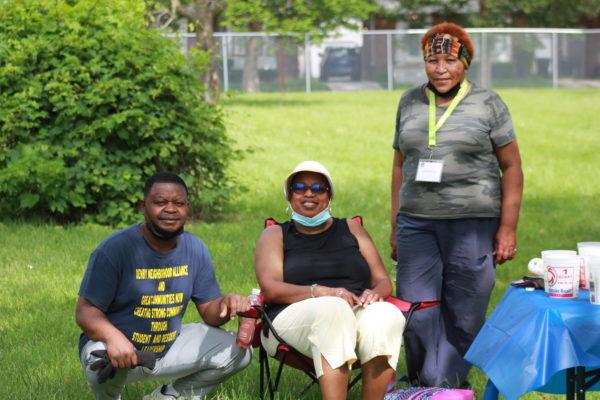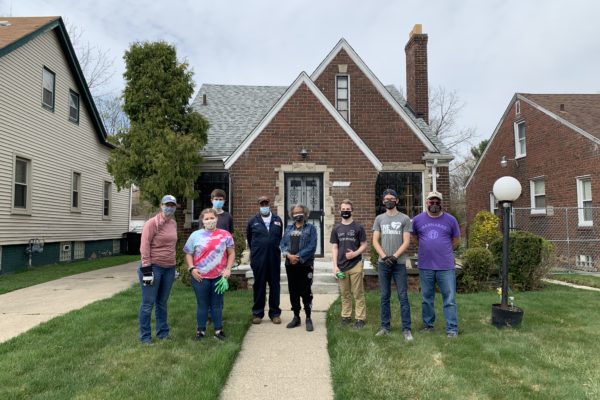Several months ago we took a look at the causes and effects of the wetlands loss that has occurred over the past century in Southeast Louisiana, emerging as a significant threat to the long-term sustainability of New Orleans and neighboring communities.
Though a tremendous amount of damage has occurred, the good (though embarrassing) news is that nearly all of it has man-made origins. The key point moving forward is the need to restore the natural processes that built the land on which New Orleans resides.
Click the image below for a great overview of the causes of wetlands loss and the solutions, from the Environmental Defense Fund, National Wildlife Federation and Audubon Society.
The Value of Wetlands
Countless university and institutional studies over the years have thoroughly documented the incredible value of wetlands to wildlife and billions of people around the world. They provide excellent habitat and improve water quality. It’s no wonder Louisiana, a state composed almost completely of wetlands, is often referred to as “Sportsman’s Paradise.”
For New Orleans, wetlands also play a critical role in reducing the strength of hurricanes and slowing down and reducing the height of storm surge. Hurricanes rapidly lose strength and speed over land because they are no longer fueled by the heat and moisture of the ocean. The more healthy marshland between New Orleans and the ocean, the weaker the hurricane by the time it reaches NOLA, resulting in lower wind speed and storm surge.
Wetlands have also been shown to reduce the height of storm surge through friction, often stated at an average of one foot of storm surge for every three miles of wetlands. This can vary significantly, based on the many different factors affecting storm surge height. A good look at numerous studies and papers regarding wetlands’ direct effects on storm surge was recently put together by Dr. Jeff Masters at Wunderground.com.
Wetlands Restoration Projects
Since before Katrina, the State of Louisiana and the Federal Government have been working with private foundations to develop and fund projects to restore Louisiana’s wetlands and barrier islands through both natural and artificial means. Many projects are currently in process, including establishing river diversions to restore a more natural flow of freshwater to the Mississippi Delta (see Part One for the consequences of channelizing the Mississippi River).
A new website, www.mississippiriverdelta.org, covers all the aspects of this extremely important and time-sensitive situation.
Opportunities for Volunteers
Over the years, Camp Restore volunteers have partnered with the LSU Ag Center at New Orleans’ City Park in support of wetlands-restoration projects centered on the replanting of marsh grass, first at City Park itself, then expanding outwards to coastal locations.
In addition to preparing thousands of plantings at City Park, volunteers have also spent significant time planting grasses and trees in St. Bernard Parish.
View Larger Map
Multiple Lines of Defense
Though the restoration of wetlands is a critical part of protecting New Orleans and Southeast Louisiana from hurricanes, other steps are being taken to improve safety and minimize the damage caused by storms. The Lake Pontchartrain Foundation has an excellent overview of the multiple lines of defense strategy.




